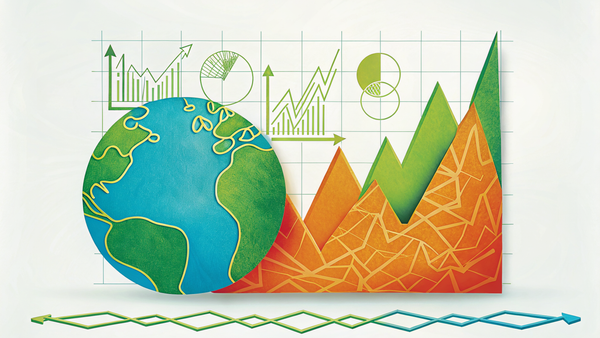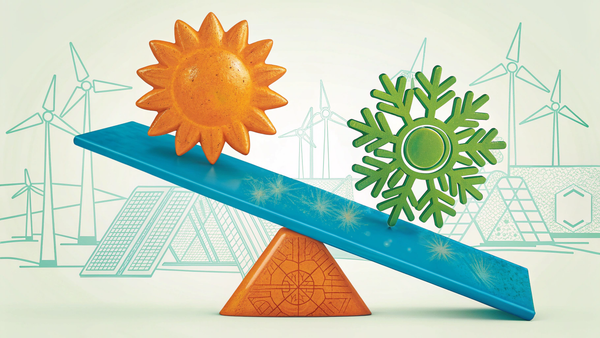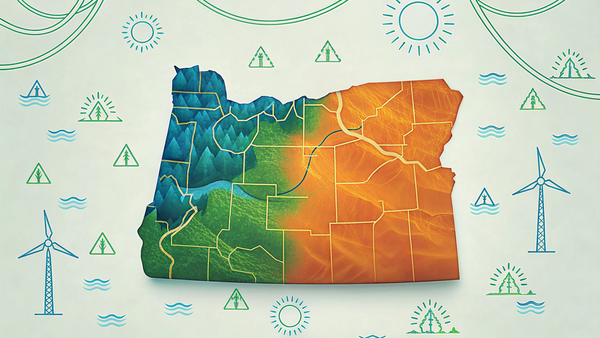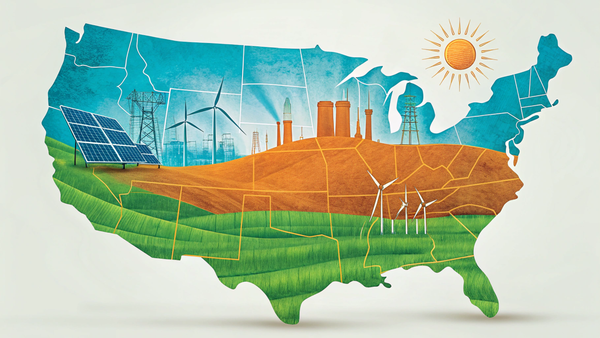Siting Renewables and Transmission
How fast-tracking renewable siting and transmission are central to America’s clean energy future.
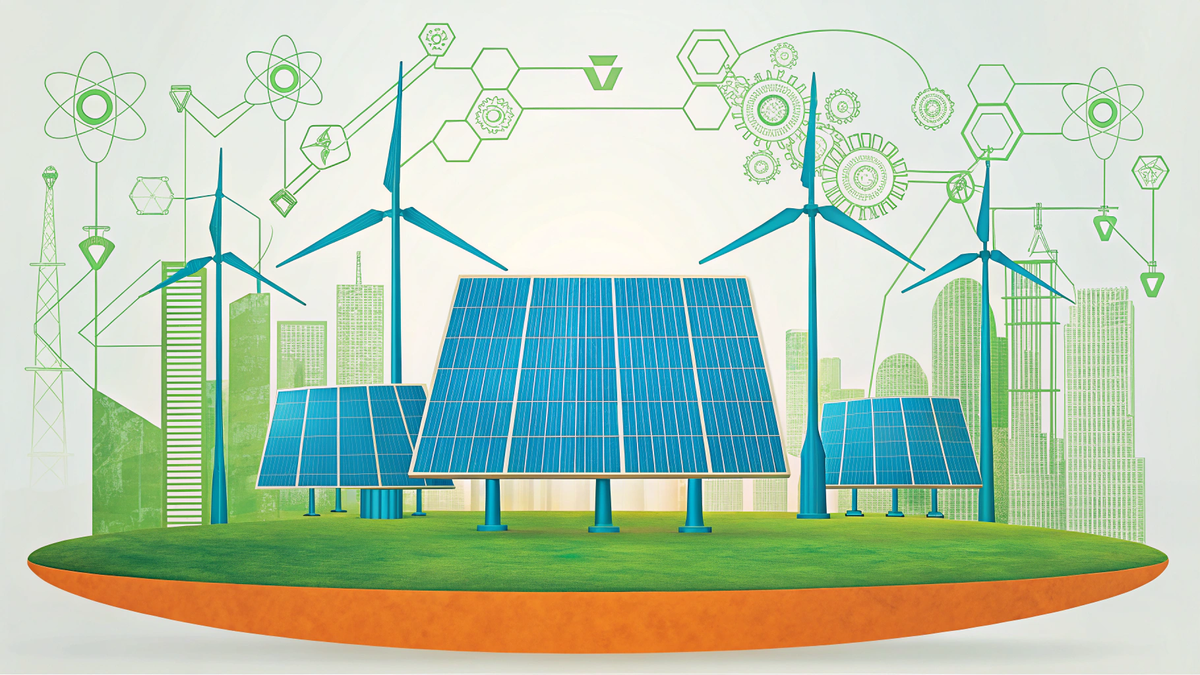
Introduction
Wind and solar energy are pivotal to the United States' transition to a low-carbon future. These renewable resources boast affordability, scalability, and vast potential. Yet, their dispersed nature presents a challenge: extensive land use and the need for a robust transmission network. The stakes are high, and how quickly and effectively we navigate these challenges will shape our energy system's trajectory.
Current Landscape
Renewable energy deployment has seen mixed trends in recent years. Solar installations have skyrocketed, fueled by incentives in the Inflation Reduction Act (IRA). Meanwhile, wind and transmission projects have struggled, hindered by complex siting and permitting processes. The disparity underscores the urgency to address institutional barriers to scale wind and grid infrastructure.
Despite progress, forecasting the scale and pace of infrastructure development over the next five years—let alone the next three decades—remains a formidable task. Scenario analysis provides a vital tool for navigating these uncertainties. It allows us to examine the tradeoffs of varying assumptions about deployment rates, costs, emissions, and infrastructure needs.
Key Findings:
EER conducted a sensitivity analysis as part of the 2023 Annual Decarbonization Perspective (ADP), exploring the implications of slower wind, solar, and transmission siting. Key takeaways include:
- Accelerating Deployment is Essential: Half of the IRA’s emissions reduction benefits hinge on faster deployment of wind, solar, and transmission infrastructure.
- Economic Consequences of Stagnation: Frozen renewable growth would reduce cumulative IRA tax credit claims by $300 billion, undermining the act's potential to drive the clean energy transition.
- Alternative Pathways Are Costlier: In a scenario where wind, solar, and transmission growth stagnate, achieving net zero would demand 140 GW of new nuclear, 160 GW of gas with carbon capture, 190 GW of offshore wind, and 190 GW of rooftop solar PV. Each of these alternatives entails higher costs and unique siting challenges.
Visualizing the Path Forward
To make these scenarios tangible, we partnered with Princeton University to create detailed maps based on the 2023 ADP outputs. These maps illustrate:
- Current wind and solar siting.
- Potential infrastructure portfolios in various net-zero energy system scenarios.
For example, maps from the ADP’s central scenario demonstrate significant renewable deployment by 2050: 1,070 GW of large-scale PV, 1,562 GW of onshore wind, and 87 GW of offshore wind. These visuals underscore the transformative scale of infrastructure needed for decarbonization.

Conclusion
The analysis highlights the critical importance of addressing siting and permitting challenges for renewables and transmission. Accelerating deployment is not just a technical challenge but a policy and societal imperative. To achieve cost-effective decarbonization, the U.S. must adopt regulatory frameworks that expedite renewable growth, ensuring a cleaner, more resilient energy future.


